7 Quiet Detours in France Worth Your Time
Crowds are part of the reality in many of France’s most famous towns. But if you look a little further, you’ll find places that still offer authenticity, calm, and a chance to connect with how people in France really live today.
These are destinations where you can linger without feeling rushed, and where local life hasn’t been overshadowed by mass tourism.
1. Île d’Yeu, Vendée Coast
Off the Atlantic coast, Île d’Yeu feels worlds away from the mainland. Cars are rare, and visitors usually get around on bicycles or by walking along sandy paths.
The island has wide beaches backed by dunes, a rocky coastline dotted with lighthouses, and a small port town that hasn’t lost its fishing character. Seafood is excellent, especially sardines and lobster landed directly in the harbor.
Summer ferries run from Fromentine and Saint-Gilles-Croix-de-Vie, and accommodations range from small hotels to family-run guesthouses.
Popular stay: La Mission Hôtel & Spa (4*)
2. Saint-Véran in the Queyras
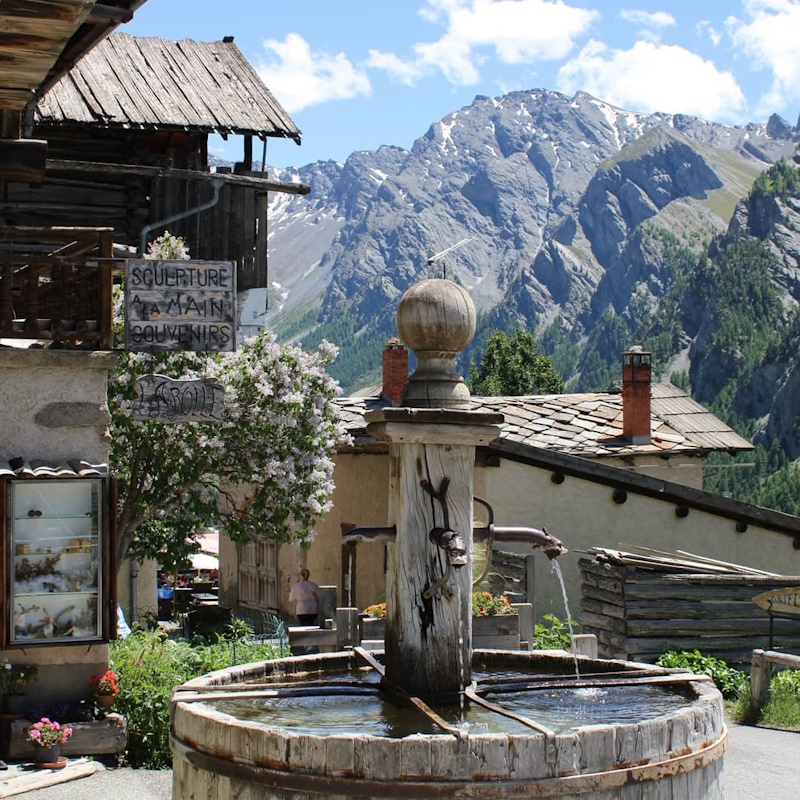
Set in the Queyras Regional Natural Park near the Italian border, Saint-Véran sits at 2,042 meters which makes one of the highest villages in Europe.
Traditional wooden chalets line the narrow lanes, and the air feels crisp even in the height of summer. The surrounding mountains are filled with marked trails leading to lakes, ridgelines, and alpine pastures where sheep graze.
Local meals often feature cheese made nearby and hearty dishes suited to the altitude.
It’s best reached by car, and because of the location, it avoids the crush seen in better-known Alpine resorts.
Popular stay: Les Chalets du Villard
3. Auch, Gers
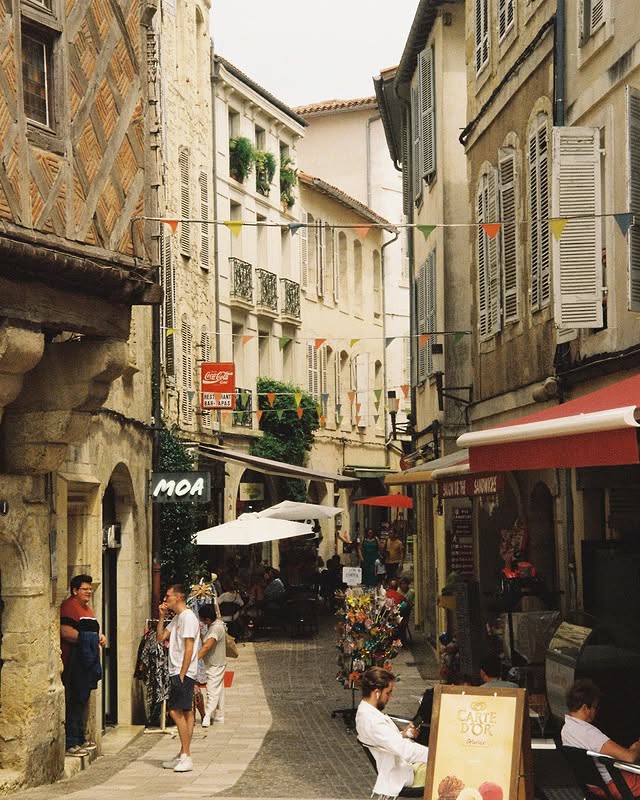
Situated in Southwest France, about 80 km west of Toulouse in the Gascony region. Auch is a town that many travelers skip, yet it has deep historical roots and a relaxed pace.
The medieval upper town rises above the Gers River, crowned by a Renaissance cathedral with impressive stained glass.
The old center has real character with small squares and half-timbered houses. The surrounding countryside produces Armagnac, duck, and foie gras, all of which appear on menus across town.
In recent years, boutique hotels and a few château conversions have opened. The town is a good base for exploring the rural southwest without the pressure of large tourist groups.
4. Reims, Champagne
In northeastern France, Reims is at the heart of the Champagne wine region, about 130 km from Paris. While Champagne tours bring steady interest to Reims, the city remains less crowded than many international travelers expect.
The historic centers revolves around the Gothic cathedral, where French kings were once crowned. Champagne houses such as Taittinger and Veuve Clicquot run tastings and cellar visits, often in chalk caves carved by the Romans.
Between tours, there’s time to explore art deco buildings, small cafés serving pink biscuits de Reims, and green spaces along the Vesle River.
High-speed trains link Paris to Reims in under an hour so it’s easy to fit into a short trip.
Suggested stay: Holiday Inn Reims Centre
5. Saint-Geniès, Dordogne
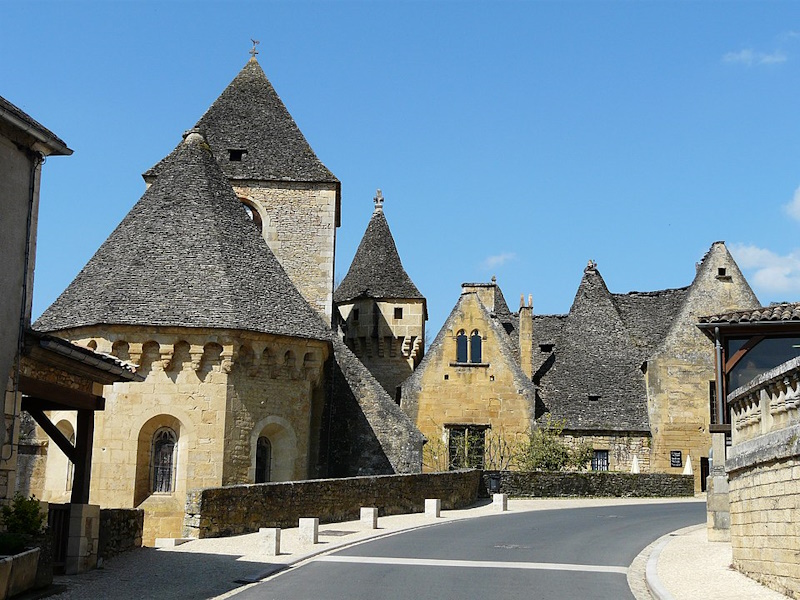
This small Dordogne village rarely appears on major itineraries. It sits within the Périgord Noir, the Dordogne’s most famous area known for its oak forests, prehistoric caves, and truffle-rich cuisine.
This medieval village hasn’t been overrun. Romanesque church and stone houses ring a quiet square where weekly markets bring community together rather than tourists.
Night falls early, with warm light from cottages and a local pace that feels rooted in daily life. Summer evenings bring open-air meals with regional dishes.
The town is close enough to Sarlat and Lascaux for day trips but still keeps a calm atmosphere at night.
For travelers who want to see the region without staying in the busy centers like Sarlat, Saint-Geniès offers a base that feels more connected to daily life in rural France.
Popular place to stay: La Vieille Ferme
6. Goult, Luberon Valley
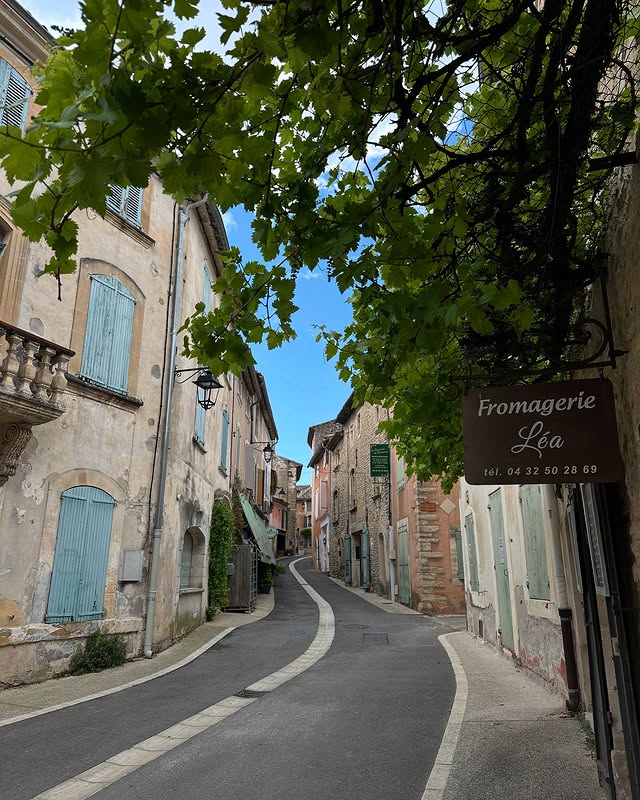
In the heart of the Luberon, Goult has managed to stay under the radar while its neighbors Gordes and Bonnieux attract heavy traffic.
The village rises gently above the Calavon Valley, with stone houses framed by climbing vines and quiet lanes that lead to a 12th‑century church and remnants of a medieval castle.
A restored windmill on the edge of town offers panoramic views across the valley, and shaded terraces make summer afternoons feel relaxed. Weekly markets sell local olive oil, honey, and Provençal herbs.
The nearby hamlet of Lumières, home to a centuries‑old pilgrimage site and a small Provençal sanctuary, offers quiet chapels and shaded stone paths rarely crowded with visitors.
Recommended stay: Quintessence Provence
7. La Couvertoirade, Aveyron (Larzac Plateau)
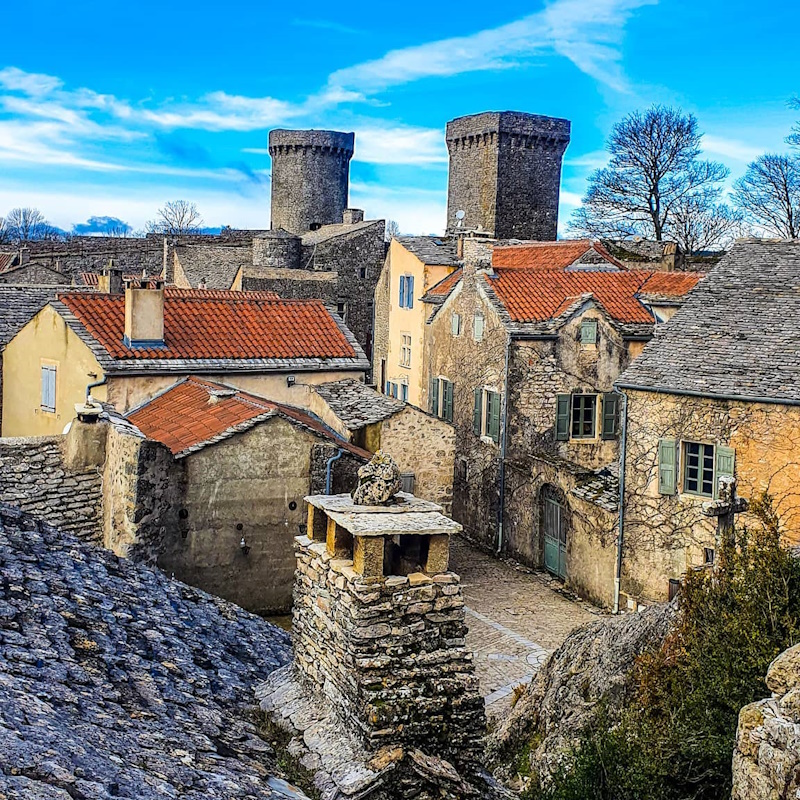
On the high plateau of the Larzac in southern Aveyron, La Couvertoirade preserves the atmosphere of a fortified Knights Templar stronghold.
Its ramparts still encircle narrow cobbled streets where artisans work in pottery, weaving, and enamel. Unlike better-known medieval sites, evenings are quiet once the day-trippers leave. Small guesthouses inside the walls make overnight stays memorable.
The surrounding plateau is a UNESCO-listed landscape of sheep pastures and dry-stone farmsteads, with hiking paths that wind across limestone ridges and through fields dotted with wild herbs.
The mix of medieval architecture and rural stillness makes it a rare detour in 2025.
Recommended guesthouse: Gîte la Calade
